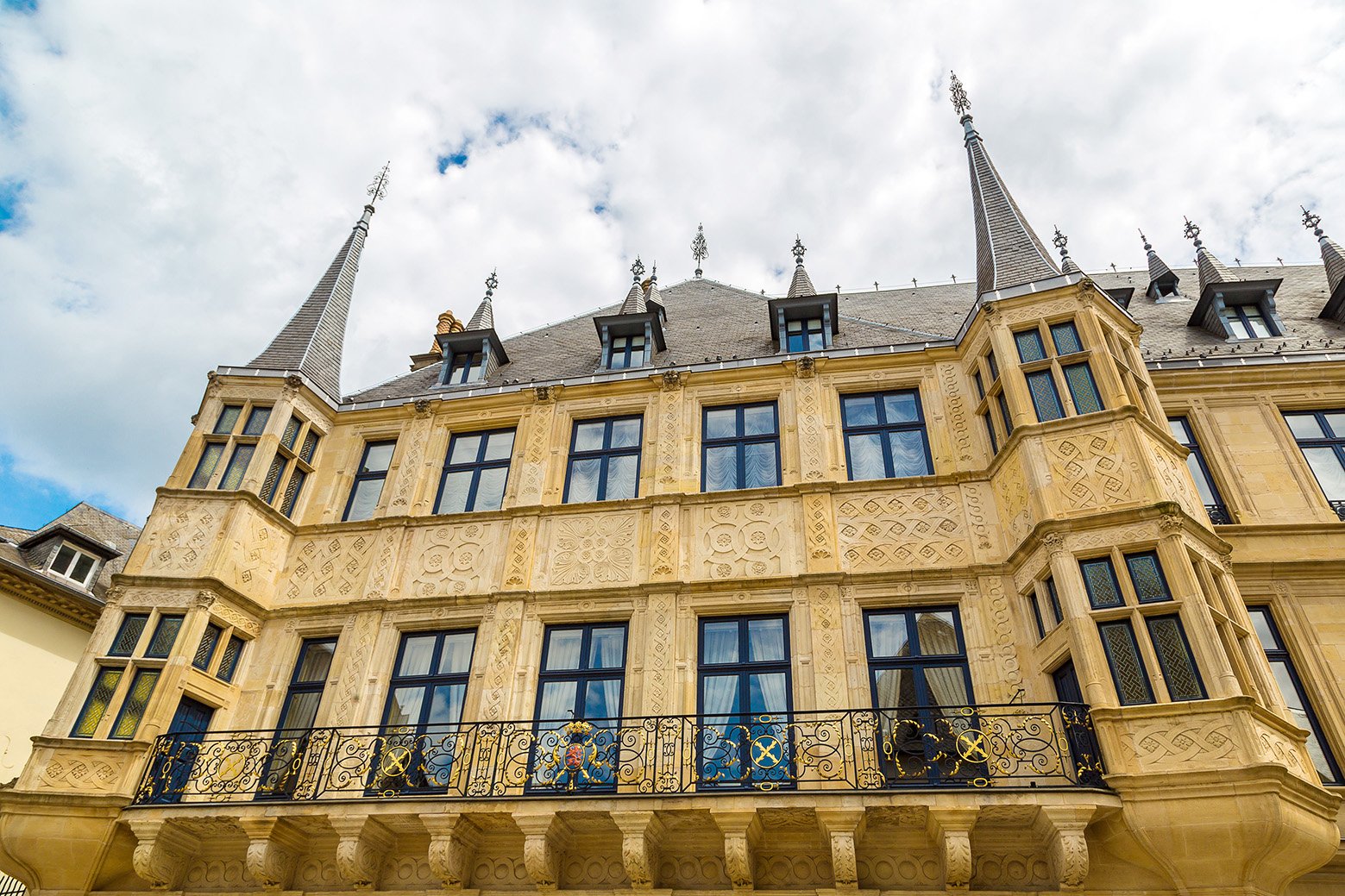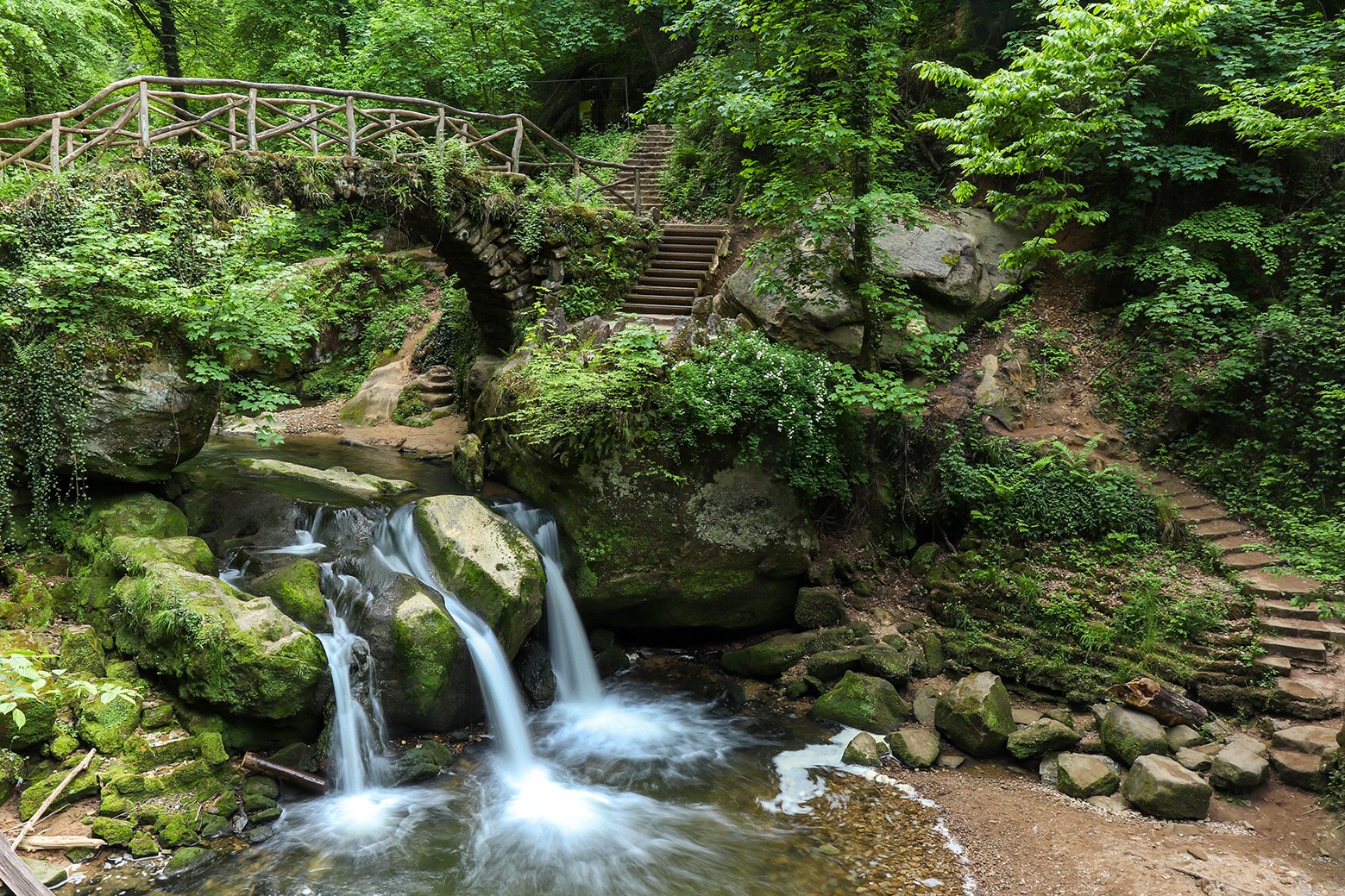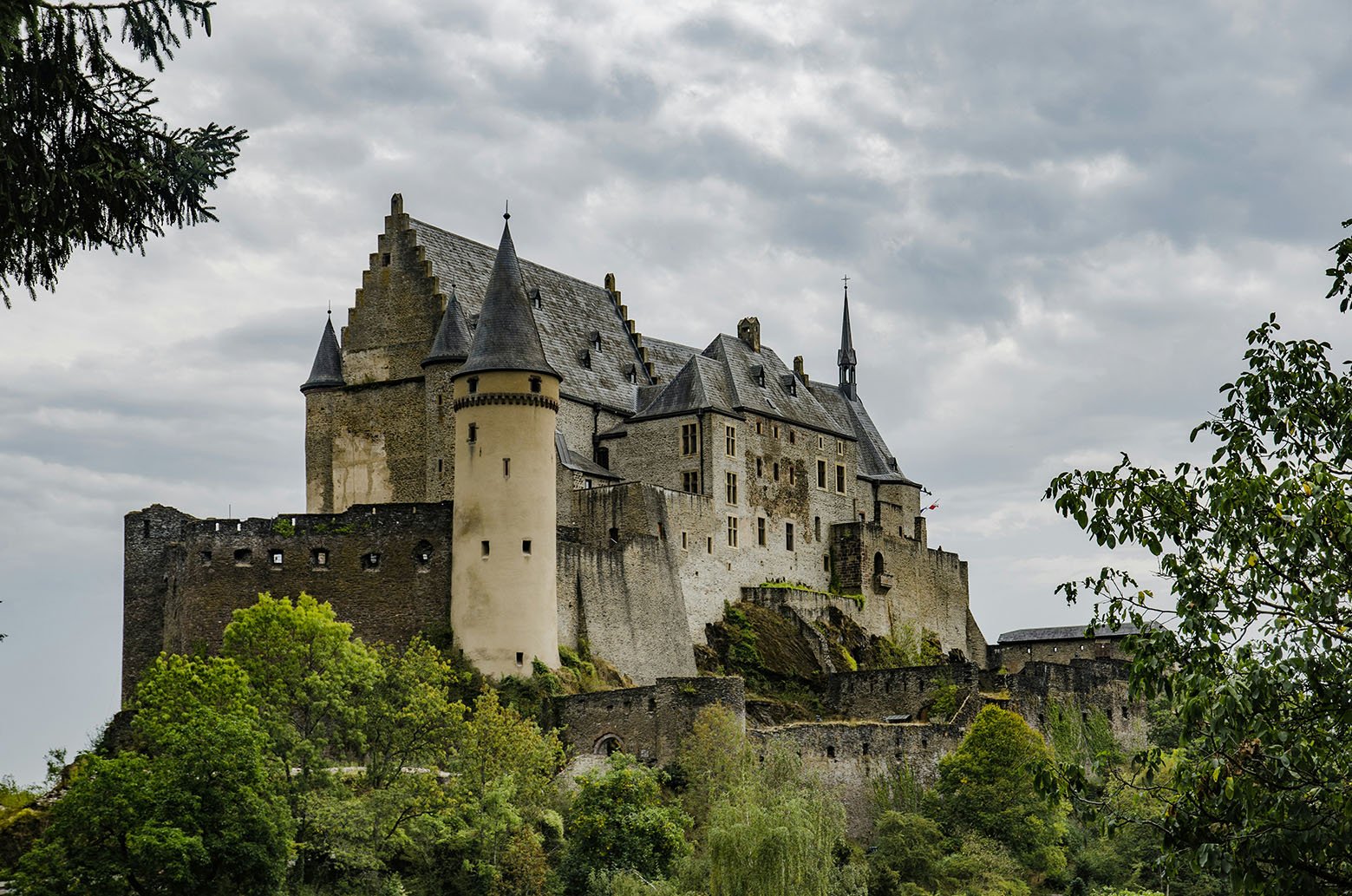A Unique European Destination
Luxembourg, a small but significant country in the heart of Europe, stands out for its exceptional cultural and historical attractions that reflect its rich heritage. Nestled between Belgium, France, and Germany, Luxembourg boasts a vibrant blend of influences that shape its identity. The nation's history dates back to the Roman Empire, and its strategic location has made it a melting pot of cultures and traditions. Today, Luxembourg is recognized not only for its picturesque landscapes but also for its diverse heritage that showcases a wide array of historical sites, museums, and architectural wonders.
The stunning landscapes of Luxembourg are characterized by rolling hills, lush forests, and picturesque valleys, providing a breathtaking backdrop for visitors. The country's natural beauty complements its cultural landmarks, such as the impressive castles, charming medieval towns, and modern architectural marvels. These attributes make Luxembourg an intriguing destination for tourists seeking to explore a unique cultural tapestry woven over centuries.
Tourism plays a vital role in Luxembourg's economy, with countless visitors drawn each year to experience its historical richness and natural beauty. The government actively promotes its heritage sites, encouraging a greater appreciation for both the past and present. Visitors can discover the ancient fortifications of Luxembourg City, explore the many museums dedicated to art, history, and technology, or wander through UNESCO World Heritage sites that tell the stories of bygone eras.
Places
Luxembourg Highlights

The Grand Ducal Palace
The Grand Ducal Palace, serving as the official residence of the Grand Duke of Luxembourg, stands as a significant landmark, illustrating the rich heritage and splendid architecture of the nation. Built in the Renaissance style, the structure features intricate facades and beautifully decorated interiors, embodying the spirit of Luxembourg's historical narratives and royal traditions. Its blend of Gothic and Renaissance elements makes it a visual delight, attracting visitors who wish to glimpse both opulence and history in this iconic building. Historically, the Grand Ducal Palace has been a pivotal site for the ceremonial and political landscape of Luxembourg. The palace was originally constructed in the 16th century as a city hall and was later transformed into the official residence in the 19th century. Today, it serves as the venue for important state functions, highlighting its continued relevance. Notable events, such as the National Day celebrations on June 23, see the palace at the center of vibrant festivities, offering a unique experience for locals and tourists alike. For those planning a visit, guided tours of the Grand Ducal Palace are available during the summer months, providing an opportunity to explore its exquisite rooms and learn about its storied past. Advance booking is strongly advised, as tours can be quite popular, especially during peak tourist season.

The Mullerthal Region
The Mullerthal Region, often referred to as "Luxembourg's Little Switzerland," is a spectacular area known for its dramatic landscapes and distinct rock formations. Nestled in the eastern part of the country, this natural gem offers a serene escape for both locals and tourists alike. The region features an extensive network of hiking trails, allowing adventure seekers to explore its unspoiled beauty. The Mullerthal Trail, in particular, spans a remarkable 112 kilometers and is divided into three main routes, each showcasing unique geological features and lush greenery. This picturesque area is not only recognized for its hiking opportunities but also for its well-preserved natural parks. The Mullerthal Region is home to the Parc Naturel de la Mullerthal, which fosters diverse flora and fauna and provides an excellent locale for nature enthusiasts. Visitors can witness towering rock formations, dense forests, and enchanting small streams as they traverse the paths. These natural wonders make the region an alluring destination for photography enthusiasts and those looking to immerse themselves in the tranquility of nature.

Vianden Castle
Vianden Castle, a remarkable fortress located in the picturesque village of Vianden, stands as one of Luxembourg's most iconic landmarks. Nestled atop a hillside overlooking the Our River, this stunning medieval castle has captivated visitors with its impressive history dating back to the Roman era. Throughout the centuries, the castle has undergone several restorations, highlighting various architectural styles, predominantly Romanesque and Gothic. The robust stone walls, sturdy towers, and intricate details of the building provide a fascinating insight into Luxembourg's storied past. Visitors to Vianden Castle can explore its sprawling grounds and revel in the breathtaking panoramic views that stretch across the lush Ardennes countryside. The castle's strategic location was not merely for aesthetic appeal; it served as a defensive stronghold for the Counts of Vianden during the Middle Ages. The interior of the castle houses numerous rooms reflecting the life of its nobility, including the Great Hall, which showcases the opulence and grandeur of medieval aristocratic life. Touring Vianden Castle offers a unique opportunity to step back in time. Guided tours are available and provide in-depth information about the castle's rich history, architectural features, and the legends that surround it.
